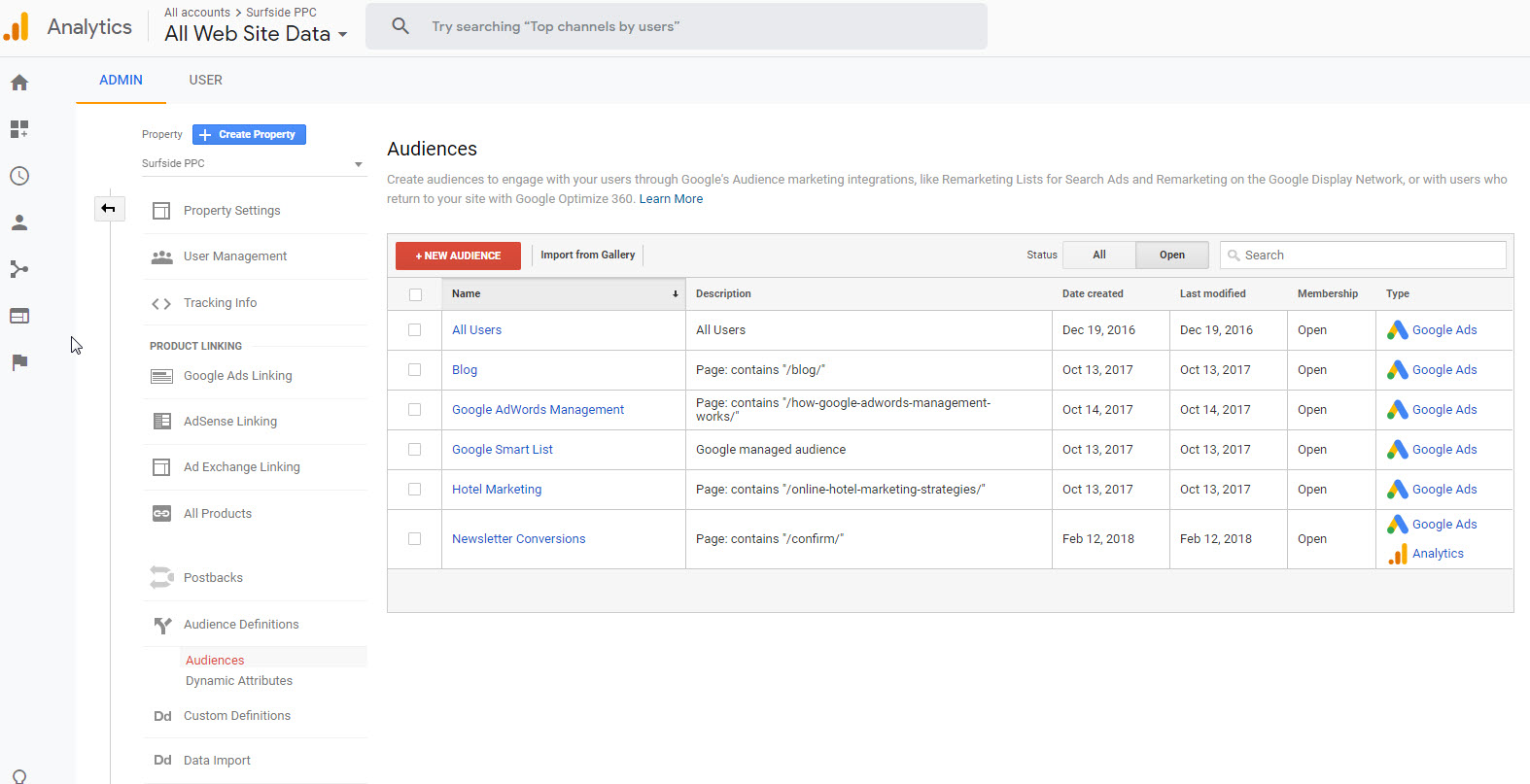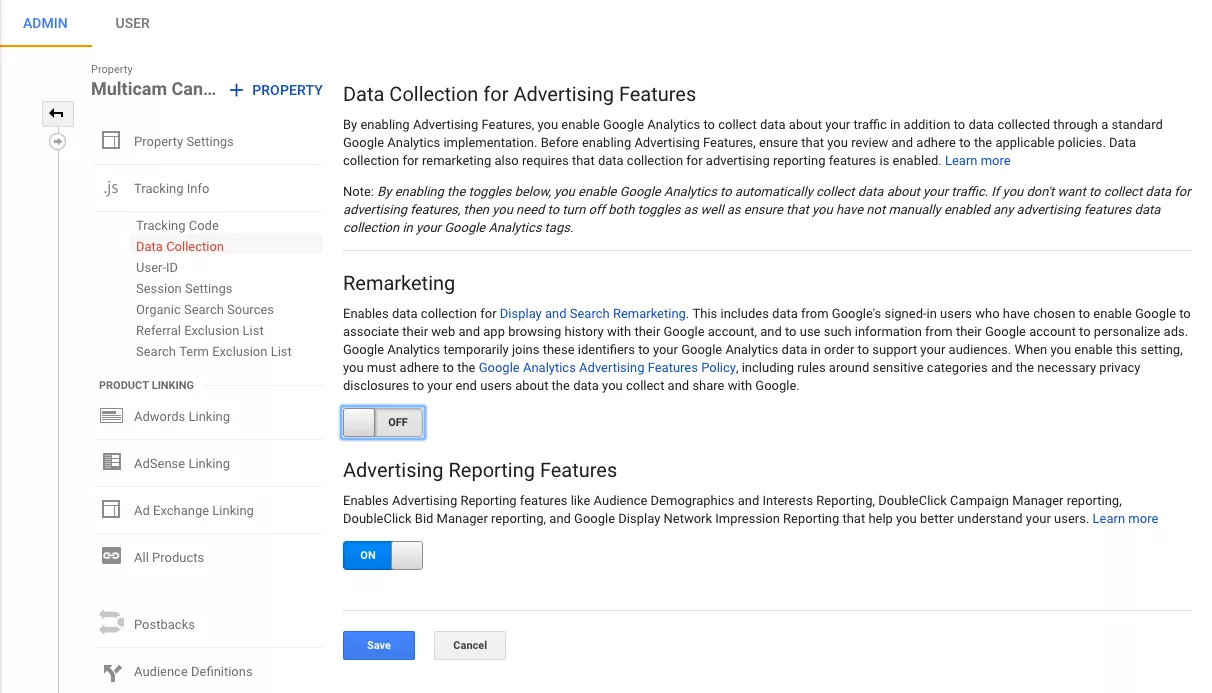Step-by-Step Tutorial: Remarketing In Google Analytics
Step-by-Step Tutorial: Remarketing In Google Analytics
Blog Article
Using Remarketing in Google Analytics: A Comprehensive Overview
Utilizing remarketing in Google Analytics uses services a calculated edge in reaching out to possible consumers. This guide will certainly lose light on the essential actions included in harnessing the full possibility of remarketing in Google Analytics, leading to improved advertising results.
Comprehending Remarketing in Google Analytics
Remarketing in Google Analytics enables businesses to tactically target customers that have previously connected with their site or mobile application. By leveraging data from Google Analytics, organizations can develop customized remarketing checklists based on customer habits, such as web pages gone to, actions taken, or particular objectives accomplished. This effective device enables services to re-engage with users that have actually revealed rate of interest in their services or products, eventually raising the likelihood of conversion.
Comprehending the various types of remarketing methods is crucial for a successful campaign - What Is “Remarketing” In Google Analytics?. Google Analytics supplies numerous options, including common remarketing, dynamic remarketing, and remarketing checklists for search advertisements (RLSA) Each kind serves a distinct function and can be tailored to fulfill specific marketing goals
Moreover, analyzing the efficiency of remarketing campaigns is necessary for maximizing outcomes. Google Analytics provides valuable insights into the effectiveness of different remarketing approaches, allowing services to make data-driven choices and improve their targeting strategy. By continually checking and readjusting remarketing efforts based on analytics data, companies can make best use of ROI and drive success in their advertising efforts.
Establishing Remarketing Projects

After setting up audience listings, the following action is to connect Google Analytics with Google Advertisements. By linking these two systems, businesses can effortlessly move audience checklists from Google Analytics to Google Advertisements for remarketing functions. This combination enables more specific targeting and far better project performance.
Once the accounts are connected, organizations can create remarketing projects in Google Ads making use of the audience provides previously specified in Google Analytics. These campaigns can be personalized with details ad creatives, messaging, and bidding process methods to effectively re-engage with previous site visitors and drive conversions. By following these steps, businesses can take advantage of the power of remarketing to improve their advertising and marketing efforts and boost ROI.
Using Target Market Division Strategies

Predefined sectors in Google Analytics allow you to rapidly analyze typical audience classifications like new customers, returning customers, or users who completed a details goal on your internet site. Custom-made segments, on the other hand, enable you to develop unique sections based upon particular standards that are important to your organization goals. Dynamic remarketing lists immediately adjust based on user behavior, revealing customized ads to click for source individuals that have interacted with your website particularly ways.
Analyzing Remarketing Efficiency Metrics
Upon examining the performance of remarketing projects in Google Analytics, the evaluation of key efficiency metrics provides beneficial understandings right into target market interaction and conversion rates. By delving right into metrics such as click-through prices (CTR), conversion rates, expense per acquisition (CPA), and return on ad invest (ROAS), marketing professionals can determine the success of their remarketing initiatives. Examining these metrics enables online marketers to enhance projects, improve target market targeting, and designate budget plans properly to enhance general remarketing efficiency.
Enhancing Remarketing Techniques
When refining remarketing methods in Google Analytics, concentrating on audience segmentation is vital for attaining campaign success. By separating your audience right into specific sections based upon their behavior, demographics, or passions, you can tailor your advertisements look at these guys more efficiently to each team. This targeted strategy boosts the likelihood of involving customers who have actually currently shown passion in your services or items, causing higher conversion rates.
Another important element of maximizing remarketing approaches is constantly screening and refining your campaigns (What Is “Remarketing” In Google Analytics?). A/B screening various advertisement creatives, messaging, or deals can help you recognize what resonates finest with your audience and drives the most conversions. By analyzing the performance of these examinations in Google Analytics, you can make data-driven decisions to optimize your remarketing efforts even more
Moreover, leveraging dynamic remarketing can considerably improve your campaign results. This feature permits you to show individualized ads to users based on their past interactions with your site, showcasing service or products they have formerly viewed. By supplying tailored content to customers based on their habits and rate of interests, vibrant remarketing can aid enhance involvement and drive conversions.
Verdict
Finally, utilizing remarketing in Google Analytics is a tactical strategy to target users who have previously engaged with a web site. By developing tailored target market checklists and utilizing target market segmentation strategies, businesses can enhance remarketing advocate boosted conversion prices. Evaluating efficiency metrics and continually optimizing techniques are critical for maximizing the performance of remarketing initiatives.
Google Analytics supplies different alternatives, including conventional remarketing, vibrant remarketing, and remarketing lists for search advertisements (RLSA)After setting up audience lists, the following step is to connect Google Analytics with Google Advertisements. By linking these two systems, organizations can seamlessly transfer target market listings from Google Analytics to Google Advertisements for remarketing purposes.As soon as the accounts are linked, services can develop remarketing campaigns in Google Advertisements utilizing the target market lists formerly defined in Google Analytics.When refining remarketing strategies in Google Analytics, concentrating on target market segmentation is paramount for achieving campaign success.
Report this page